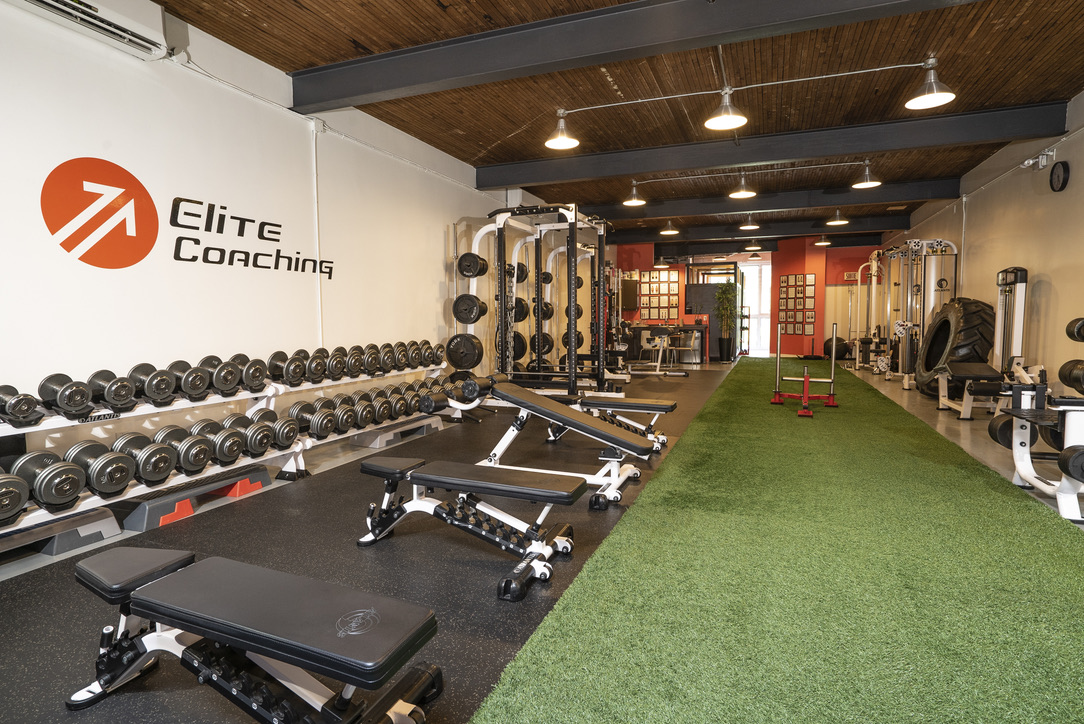Program designing can be quite complex. It truly is a science and an art that takes years of education courses and mentoring to start getting good at it.
I’ve included a list of factors that we use when designing programs. There are many things to consider and is not limited to the following:
- Desired outcome of the workout cycle (fat loss, functional hypertrophy, hypertrophy, endurance etc…)
- Accumulation or intensification phase (volume or strength phase)
- Training frequency (2, 3, 4 or 5 times per week)
- Training split (too many options to even start listing them – but this is how your program will be divided over the week). An example given earlier is the German Body Composition program; Day 1) quads & back, day 2) hamstrings, lower back & upper body push.
- Choice of exercises (based on a good physical movement evaluation)
- Progression of exercises from one phase to the next (based on a good physical movement evaluation)
- Order of exercises (based on priority following a good physical movement evaluation)
- Exercise grouping (pairs, trisets, giant sets, circuit training etc…)
- Rest times (10s, 30s, 45s, 60s, 75s, etc…)
- Repetitions for a specific muscle group (Fast twitch or slow twitch muscle fibers)
- Number of sets per exercise and per muscle group
- Total number of sets per workout
- Your neurotransmitter profiling (can determine recovery ability, training frequency, training volume, need for regular de-load to prevent injuries, TUT, etc…)
- Your nutrition, lifestyle, supplementation (before, during, and/or after training) can determine what kind of workout your body can sustain and recover from.
We always work with your end goal in mind – where we need to get you by ‘X’ amount of time. We work backwards from there based on where you’re starting, and we meticulously plan each training cycle using the above listed parameters including your unique exercise progression based on your initial evaluation.
A good physical movement evaluation will allow your coach to determine your:
- Strengths
- Weaknesses
- Mobility (flexibility)
- Muscle imbalances (A.K.A. Structural Balance)
A good physical movement evaluation determines what you can do physically and what you can’t do physically, and why. So, if you can’t do certain movements we will know if it’s because you have a muscle imbalance, or if you’re too tight in a certain area that’s preventing you from moving like you should be able to. This also allows us to see if there are any potential dormant injuries that could surface later on and slow your progress or develop into an injury. That way we can address these things from the start by giving you exactly what your body needs without guessing. Because without such a thorough evaluation it can take a trainer weeks or months of frustrating trial and error to determine what you can or cannot do. This way using our methods we save you frustration and a lot of time by giving you exactly what your body needs because it takes out all the guessing out of programming.
Related post:
How do you work with your clients exactly?

